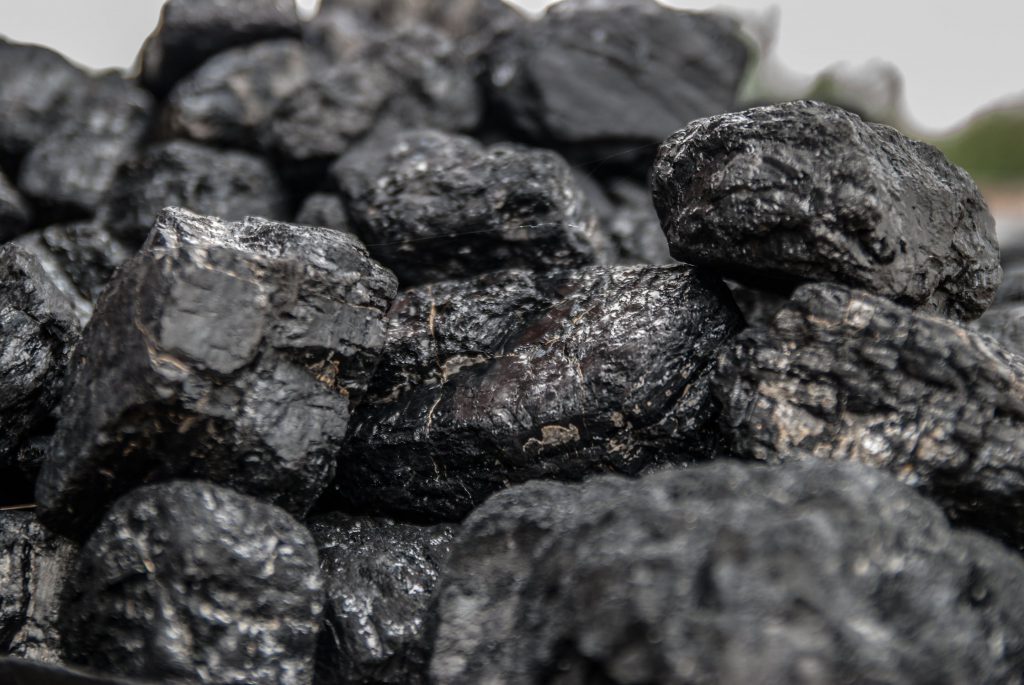Supporting Coal Regions in Transition
Coal accounts for about 20% of total electricity production in the EU. It also provides jobs to around 230,000 people in mines and power plants across 31 regions and 11 EU countries. While coal remains a primary fuel in the European energy mix, the transition to cleaner forms of energy and innovative technologies, such as carbon capture and storage, is imperative to meet the EU’s commitment to reduce CO2 emissions by at least 55% by 2030 and to become the world’s first climate-neutral bloc by 2050.[1]
Since 2012, total coal power generation has dropped by almost a third in the EU. The declining use of coal has caused mines to close down and power plants to be decommissioned in several regions across Europe. The graph below depicts the current state of play of national coal phase-out commitments in the EU. [1]
All so the European Green Deal aims at making Europe the first climate-neutral bloc in the world by 2050. To help achieve this goal, the Commission introduced in January 2022 the Just Transition Mechanism in its proposal for Regulation COM/2020/22. Alongside tailored financial and practical support, it will help workers and generate the necessary investments in areas particularly affected, like the EU coal regions. [1]
Coal regions are often remote and highly dependent on their local coal economy. As such, the severe and rapid disruption to coal production and consumption will lead to profound socioeconomic impacts for affected regions. Millions of direct and indirect jobs will be lost — creating a ripple effect across communities and regions. But with proper planning, countries can achieve a just transition. [2]
The World Bank is a global leader in support of countries in which coal mines are closing, wherever they are in the transition process. They built an approach based on lessons learned from 11 World Bank lending operations in four countries with $2.7 billion in lending, as well as case studies from China, The Netherlands, the United Kingdom, and the United States. They have a strong track record working with the coal regions of Bosnia and Herzegovina, Greece, Poland, Romania, the Russian Federation, Serbia and Ukraine. They are also a founder of the Western Balkans and Ukraine Coal Regions in Transition Platform Initiative. [2]
The approach is organized around three focus areas: 1) governance 2) people and communities and 3) re-purposing of former mining land and other assets. Each focus area involves a set of plans, policies, and actions that together can mitigate the impact of coal mine closure on affected people and communities. However active stakeholder engagement at each phase of the transition and within each focus area is crucial. [2]
Coal has long been a cornerstone of the global energy landscape, providing a reliable source of electricity and supporting economies in numerous regions. However, as the world transitions to cleaner energy sources to combat climate change, coal-dependent regions are facing significant economic and social challenges. The key to successful and logical coal phase-outs lies in developing regional transition strategies. There is also an opportunity to leverage kick-start projects that strengthen local and regional institutions and expand social protection, education, and economic innovation programs to protect the poor and train personnel for the new jobs created during the transition.[3]
To ensure that no region is left behind in this transition, the Commission also launched 2017 the Initiative for Coal Regions in Transition to help mitigate the social consequences of the low-carbon transition in coal, peat and oil shale regions of the European Union. The Initiative for Coal Regions in Transition is an open forum that gathers all relevant parties, local, regional and national governments, businesses and trade unions, NGOs and academia to promote knowledge-sharing and exchanges of experiences between EU coal regions. It represents a unique, bottom-up approach to a just transition, enabling regions to identify and respond to their unique contexts and opportunities. [1]
Supporting coal regions in transition is a complex and multifaceted challenge that requires a combination of economic, environmental, social, and political efforts. By diversifying the economy, investing in infrastructure and technology, remediating environmental damage, engaging communities, and providing policy and financial support, we can help these regions navigate the transition towards a more sustainable and prosperous future.
[1] Coal regions in transition (europa.eu)
[2]Supporting Coal Regions in Transition (worldbank.org)
[3] Supporting Coal Regions in Transition | Program Profile | ESMAP



